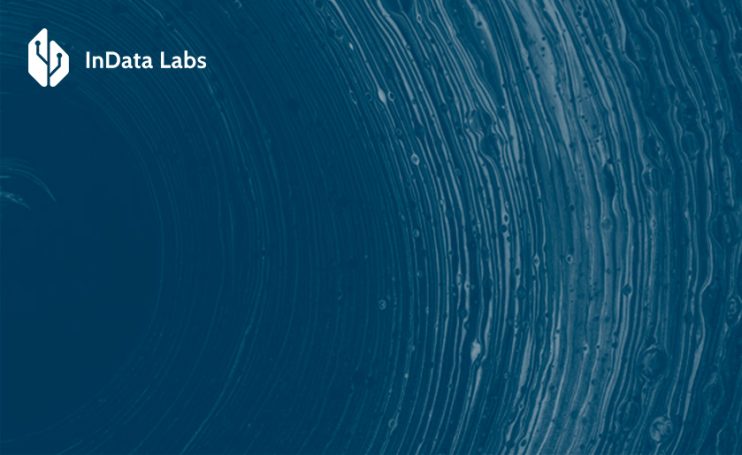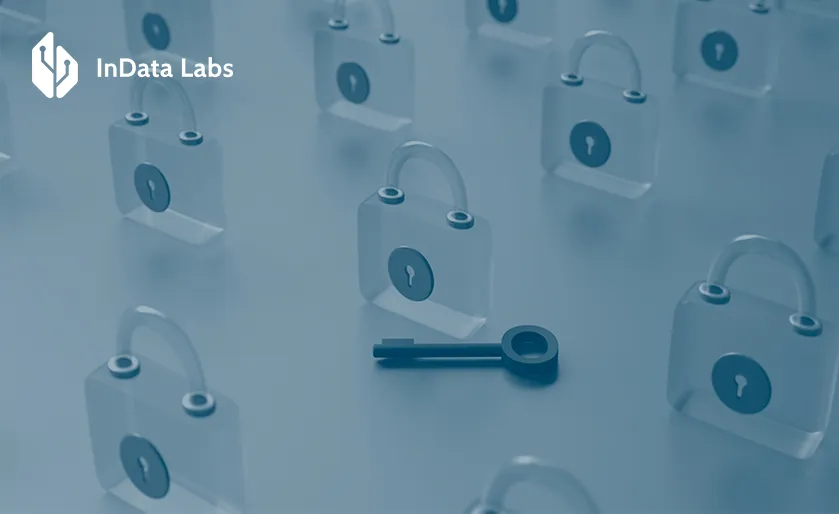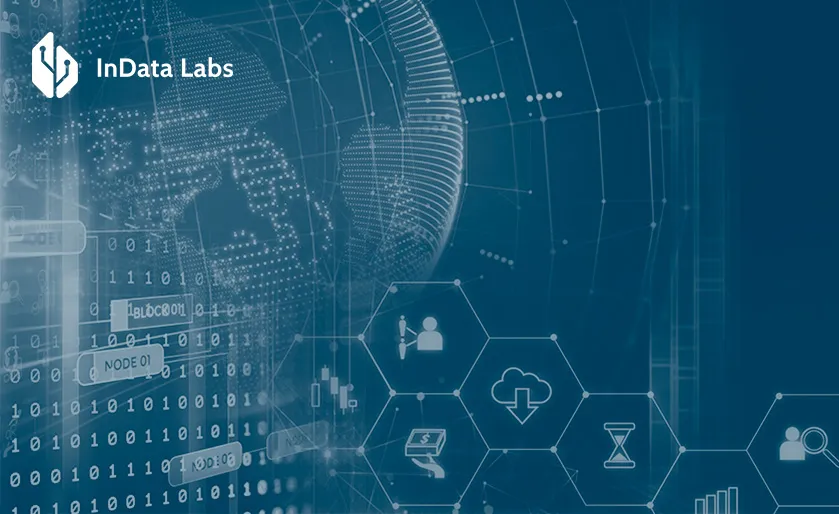Data is the world’s most valuable resource, so businesses’ investments in analysis are rising. However, many organizations overlook the importance of data evaluation, hindering the accuracy of their artificial intelligence (AI) models and other initiatives.
In today’s environment, every business is becoming a data science company in some capacity. Amid that shift, organizations must make decisions based on accurate, relevant, and high-quality information. Evaluation provides that assurance.
What is data evaluation?
Businesses must define data evaluation before understanding why and how to implement it. Generally speaking, data evaluation includes reviewing information, its format, and sources to ensure it’s accurate, complete and can help companies achieve their goals.

Source: Unsplash
This evaluation is common in healthcare solutions and other processes in scientific industries, as reviewing the reliability of a study’s sources is a crucial step in the scientific method. In these applications, organizations typically review where their information came from, who collected it, their purpose and how they gathered it. However, different Big data analytics use cases may evaluate their data differently.
Data evaluation in accounting will likely hold information to a different standard than evaluation for AI-driven data science. The two fields use different types of information and need various things from it, so each will have a unique evaluation process.
What is evaluation of Big data and how to do it?
Evaluation of Big Data refers to the process of assessing and analyzing large and complex data sets (often referred to as “Big Data”) to derive valuable insights, assess data quality, understand patterns, and make informed decisions. Evaluating Big Data involves multiple steps and considerations, as the sheer volume, variety, velocity, and veracity of data (the “4 Vs”) create challenges in terms of data storage, analysis, and extraction of meaningful conclusions.
Here are the best practices for Big data evaluation:
- Start with a clear objective: Know the problem you’re solving and the questions you want to answer. This will guide the selection of data and analysis techniques.
- Use scalable tools: Big Data evaluation requires robust, scalable tools. Cloud platforms, distributed databases, and machine learning frameworks are essential for handling large volumes of data.
- Automate data preprocessing: Automating steps like data cleaning and integration will help in dealing with the volume and complexity of Big Data.
- Focus on data security: Ensure that sensitive data is protected, especially when working with personal or regulated data. Implement encryption, access controls, and compliance checks.
- Continuously monitor and improve: Big Data environments are dynamic, so it’s important to regularly monitor the quality of data and the effectiveness of your evaluation methods.
Evaluating Big data is a multifaceted process that involves assessing the quality, volume, variety, velocity, and veracity of data, as well as selecting appropriate tools and techniques to analyze and interpret it. By following systematic processes for cleaning, integrating, analyzing, and visualizing data, businesses can unlock valuable insights and make data-driven decisions. With the right tools and a focus on scalability and quality, evaluating Big Data can lead to significant improvements in business strategy and performance.
Why data evaluation is important?
Data evaluation is becoming increasingly critical to businesses’ success as companies make more decisions based on data. Organizations employ analytics technologies like predictive performance models and center their strategic decision-making around these processes, so the costs of inaccurate or misleading data rise.

Source: Unsplash
Many companies today rely on AI to inform decisions like targeting a specific niche, responding to demand changes, reorganizing supply chains, and more. However, AI is only as reliable as the data it analyzes.
Businesses that collect and analyze inaccurate, incomplete, irrelevant, or otherwise misleading information will get poor-quality insights. Basing decisions on those inaccuracies could result in significant losses.
Data evaluation methods
Multiple data evaluation methods exist since information and analytics processes come in several forms. The most common way to divide these varying strategies is by quantitative and qualitative data.
Quantitative data evaluation
Quantitative data evaluation centers on what most people call “hard data.” This data evaluation strategy looks at rigid, well-defined figures representing concrete facts, such as percentages and specific measurements.
This information’s structured nature makes it an ideal fit for processes that rely on black-and-white dynamics or specific values. For example, computer vision software solutions typically identify objects by a strict “yes-or-no” dynamic. Consequently, the data these systems train on must be specific and concrete.
Collecting quantitative data involves processes like scientific experiments, multiple-choice surveys and mechanical measurements. Evaluating its validity requires similar approaches. Because the information in question consists of hard facts and figures, Big data development and data evaluation tools must compare it to known, specific standards.

Source: Unsplash
Qualitative data evaluation
By contrast, qualitative data evaluation focuses on non-statistical, less rigid, and more nuanced information than complex numbers. Whereas quantitative analysis answers “what” and “when,” qualitative analysis is better suited for questions about “why” and “how.”
This analysis typically looks at more open-ended, subjective data, including social media interactions, focus group interviews, and expert opinions. The resulting information may be difficult to base mechanical or mathematical processes on, but it can help provide context for decision-making or understanding abstract concepts.
Evaluating qualitative data is a less scientific but still crucial process. It requires a human touch and may involve asking questions about potential biases, limitations of a study, or if some information may be outdated. Raising these questions is important for evaluating clinical report data or other processes that require disclosure about how some information may skew a certain way.
How to analyze and evaluate data
Because different data evaluation techniques fit various use cases, how to analyze and evaluate data best depends on the specific situation. However, the overall process looks similar across all applications.
1. Collect the data
Data collection for evaluation is the first step. Before a business can verify its information’s accuracy, it has to collect it in the first place. The most effective data evaluation examples keep this need for precision in mind when performing this initial gathering.

Gathering contextual information around actionable data is a crucial but often overlooked step. While it’s good only to collect what a specific use case needs, taking too narrow an approach can leave out the important context that changes the real-world meaning.
2. Choose the optimal evaluation method
The next step in evaluation planning and data collection is to choose the ideal data evaluation technique. As with the first step, the best approach to data model evaluation in data science depends on the company’s data goals. Quantitative data is often some of the most helpful information because it provides specificity and objective results, but some data evaluation examples require qualitative information.
For example, organizations with higher onboarding maturity are four times more likely to see improved employee retention, but how do you measure that maturity? There’s no well-defined, agreed-upon scientific measurement for such an abstract concept, so businesses wanting to measure it need data sources like interviews and expert insights, requiring qualitative evaluation.
3. Organize and clean the data
After data collection, organizations must clean their data. This process is the first round of evaluation and involves parsing for incomplete records, spelling errors, duplicates, and other mistakes.
Cleaning data ensures records are accurate regarding what they say they are. Looking for and fixing these mistakes will make it easier to evaluate the data further and prevent inaccurate results stemming from simple, correctable errors. Many data evaluation software solutions also include cleaning features to automate this process, reducing the risk of human error.
Businesses should organize their data during this process. Putting information into defined categories will make it easier to spot inaccuracies or other issues down the line and enables faster analysis.
4. Look for gaps and other issues
Next comes the bulk of the data evaluation work. Businesses should look through their cleaned, organized records and ask questions to see if it’s reliable and relevant to their goals.
Data gaps are one of the most important issues to look for. These include any information businesses don’t have that they may need to get the most accurate answers to their questions. Sometimes, it may be impossible to identify data gaps until after the analysis process, so repeating this step after getting results from an analytics program is essential.
Teams may also use various AI data evaluation tools like automated programs to compare quantitative information to known standards. They might turn to experts to ask questions about bias or research limitations. Businesses should expect incomplete records or unanswered questions. However, if any of these issues are common throughout the data set or seem particularly substantial, it may be worth revisiting the evaluation planning and data collection process.
5. Submit data for analysis and interpretation
After businesses are confident in their data evaluation’s validity and the accuracy of their records, they can submit it for analysis. A thorough evaluation process should streamline the analytics phase, which looks through the verified, organized information to draw actionable conclusions.
While it’s possible to analyze data manually, it’s often best to turn to AI software implementation, as AI is often faster and better at spotting patterns than humans. Businesses with these insights should monitor the results of any projects based on this data. If they fall short of expectations, teams should review their data collection programs and evaluation methods to ensure they use accurate, relevant information.
Data management in monitoring and evaluation
Because data evaluation involves a considerable amount of information, businesses should give a lot of thought to data management in monitoring and evaluation. Poor management techniques could result in breaches or inaccurate results.
Organizations can ensure they don’t miss important contexts by keeping all information in one place. Given rising data volumes, that means using scalable cloud storage solutions to store anything they collect. Similarly, teams should use software that lets them access all this information from a single point, which streamlines the process. Companies can make these large data volumes more manageable by frequently reviewing information and deleting anything that’s no longer relevant.
It’s also essential to ensure a high level of cybersecurity. Data breaches cost $9.44 million on average in the U.S., and storing large volumes of information in one place can make organizations a valuable target. Limiting access permissions, using automated monitoring technologies, requiring strong password management, and implementing up-to-date security software are all necessary.
Evaluation is essential for data-driven organizations
Knowing how to analyze and evaluate data is essential in today’s data-driven environment. Businesses that know why and how to assess their data can rest assured that their AI tools and other analytics processes produce reliable results. They can then get all they can out of their most valuable resource.
Author bio
April Miller is a senior writer with more than 3 years of experience writing on AI and ML topics.



